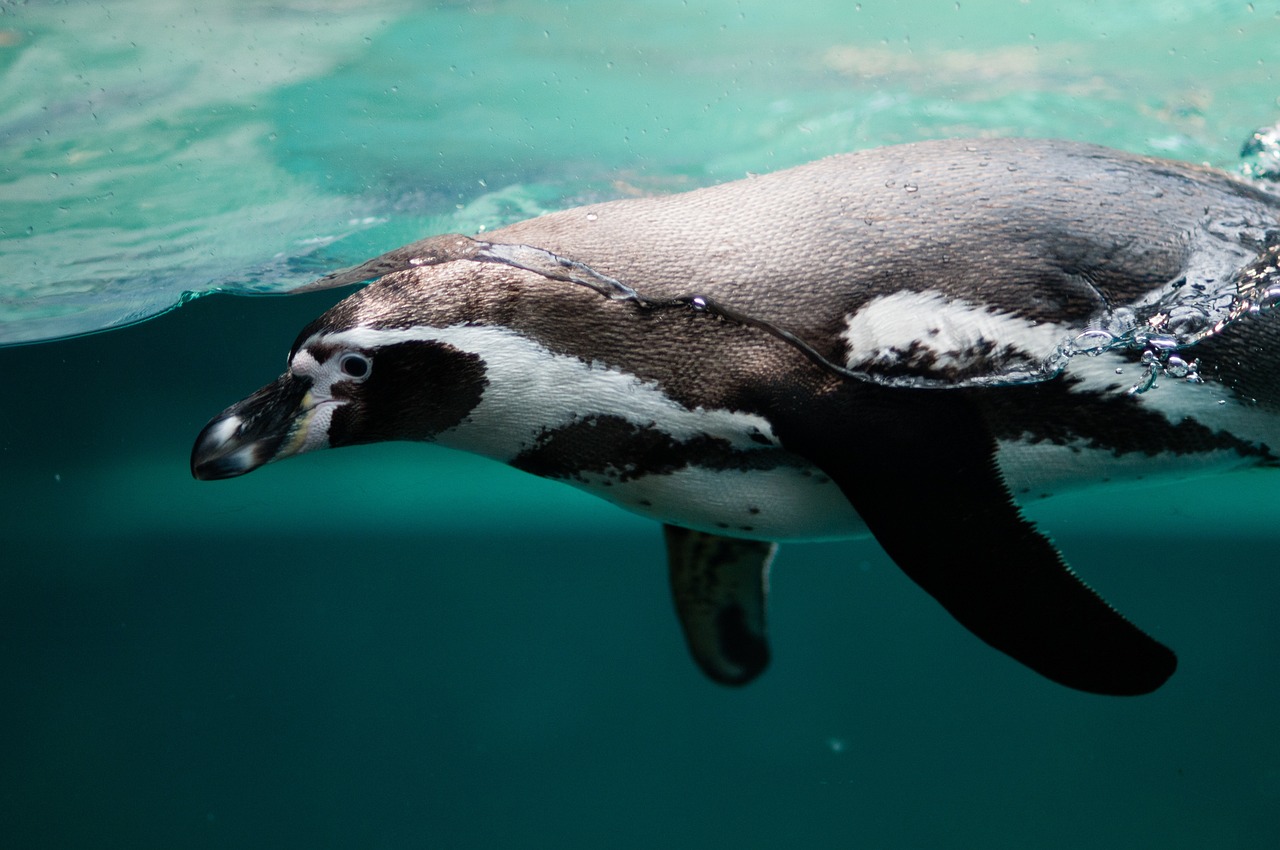
“Penguins are such social animals that they cannot thrive in captivity. They need to be among other penguins, to interact and to mate, to swim and to nest, to play and to work together.”
Sylvia Earle
Background:
Penguins are flightless birds that are uniquely adapted to life in the water. They have streamlined bodies, flipper-like wings, and webbed feet that make them excellent swimmers. Penguins are found only in the Southern Hemisphere, where they inhabit a range of environments from cold Antarctic ice shelves to temperate coastal regions.
There are 18 species of penguins, all of which belong to the family Spheniscidae. The largest of these is the emperor penguin, which can stand up to 4 feet tall and weigh up to 90 pounds. The smallest is the little blue penguin, which stands only 16 inches tall and weighs just 2 pounds. Here are some of the most common and well-known species, along with their scientific names:
-
Emperor penguin (Aptenodytes forsteri)
-
King penguin (Aptenodytes patagonicus)
-
Adelie penguin (Pygoscelis adeliae)
-
Chinstrap penguin (Pygoscelis antarctica)
-
Gentoo penguin (Pygoscelis papua)
-
Macaroni penguin (Eudyptes chrysolophus)
-
Rockhopper penguin (Eudyptes chrysocome)
Penguins are adapted to cold environments and have several unique adaptations to help them survive in these harsh conditions. For example, they have a thick layer of blubber beneath their skin that helps to insulate them from the cold. They also have a countercurrent heat exchange system in their legs that helps to minimize heat loss.
Despite their adaptations, penguins face a number of threats in the wild. Habitat loss, overfishing, pollution, and climate change are all major threats to penguin populations around the world. Conservation efforts are underway to protect these beloved birds and their habitats.
Quick Facts:
- Penguins are flightless birds that are adapted to life in the water.
- Penguins are excellent swimmers and can dive to great depths in search of food.
- Penguins are social animals that live in large colonies.
- Penguins are adapted to cold environments and have thick, waterproof feathers that keep them warm and dry.
- Penguins mate for life and often return to the same nesting site each year.
- Penguins feed on a variety of marine organisms, including fish, krill, and squid.
- Penguins have few natural predators, but they are threatened by habitat loss, climate change, and overfishing.
Fun Facts:
- Penguins are known for their distinctive waddling gait on land, which is actually a very efficient way of moving on ice and snow.
- The emperor penguin is the largest of all penguin species, standing up to 4 feet tall.
- Penguins are able to drink saltwater because they have special glands that remove the salt from their bloodstream.
- Some penguin species, such as the chinstrap penguin, have a “bandit” mask of black feathers around their eyes.
- Penguins are able to recognize their own offspring by their distinctive calls, even in large, crowded colonies.
Fun Facts for Kids:
- Penguins can’t fly, but they sure can swim! They’re some of the best swimmers in the animal kingdom.
- Penguins look like they’re wearing tuxedos all the time. How cool is that?
- Some penguins, like the emperor penguin, can stay underwater for up to 20 minutes at a time!
- Baby penguins are called “chicks,” and they’re covered in fluffy down feathers to keep them warm.
- Penguins make a variety of sounds, from braying like donkeys to trumpeting like elephants.










